Government Incentives and Policies
Government incentives and policies play a crucial role in shaping the Wind Turbine Shaft Market. Many countries have implemented favorable policies to promote renewable energy, including tax credits, subsidies, and grants for wind energy projects. These initiatives not only encourage investment in wind farms but also create a robust demand for wind turbine components, including shafts. For example, the implementation of feed-in tariffs in various regions has led to a significant increase in wind energy installations, thereby boosting the market for turbine shafts. As governments continue to prioritize renewable energy, the market is likely to experience sustained growth.
Increasing Demand for Renewable Energy
The rising demand for renewable energy sources is a primary driver for the Wind Turbine Shaft Market. As nations strive to reduce carbon emissions and combat climate change, investments in wind energy have surged. According to recent data, the wind energy sector is projected to grow at a compound annual growth rate of approximately 8% over the next decade. This growth is likely to stimulate the demand for wind turbine components, including shafts, which are critical for the efficient operation of turbines. The shift towards cleaner energy solutions is not merely a trend but a necessity, thereby enhancing the market potential for wind turbine shafts.
Expansion of Wind Energy Infrastructure
The expansion of wind energy infrastructure is a significant factor influencing the Wind Turbine Shaft Market. As countries invest in new wind farms and upgrade existing facilities, the need for high-quality turbine components, including shafts, is likely to increase. Recent reports indicate that the installation of onshore and offshore wind farms is expected to rise substantially in the coming years. This expansion is driven by both technological advancements and the need for energy diversification. Consequently, the market for wind turbine shafts is poised for growth as infrastructure development accelerates.
Technological Innovations in Turbine Design
Technological innovations in turbine design are significantly influencing the Wind Turbine Shaft Market. Advances in materials science and engineering have led to the development of lighter and stronger shafts, which can enhance turbine efficiency and longevity. For instance, the introduction of composite materials has allowed for the production of shafts that can withstand higher loads while reducing overall weight. This innovation is expected to drive market growth, as manufacturers seek to optimize turbine performance. Furthermore, the integration of smart technologies into turbine systems may also necessitate the use of advanced shaft designs, thereby expanding the market opportunities.
Growing Awareness of Environmental Sustainability
The growing awareness of environmental sustainability is a pivotal driver for the Wind Turbine Shaft Market. As consumers and businesses become increasingly conscious of their carbon footprints, the demand for sustainable energy solutions has intensified. Wind energy, being one of the cleanest forms of energy, is gaining traction as a viable alternative to fossil fuels. This shift in consumer behavior is expected to lead to an increase in wind energy projects, thereby driving the demand for wind turbine shafts. The emphasis on sustainability is not just a passing trend; it is becoming a fundamental aspect of energy planning and development.


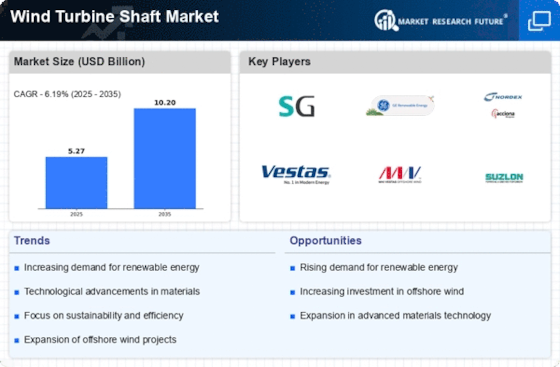
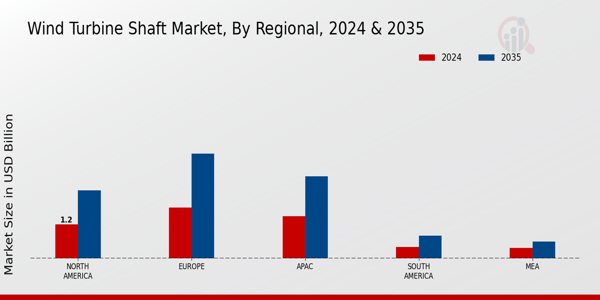
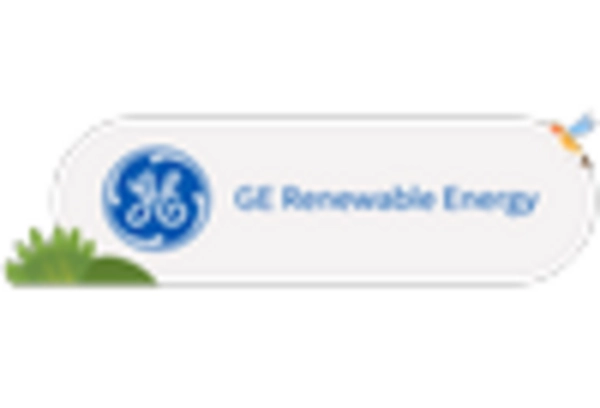
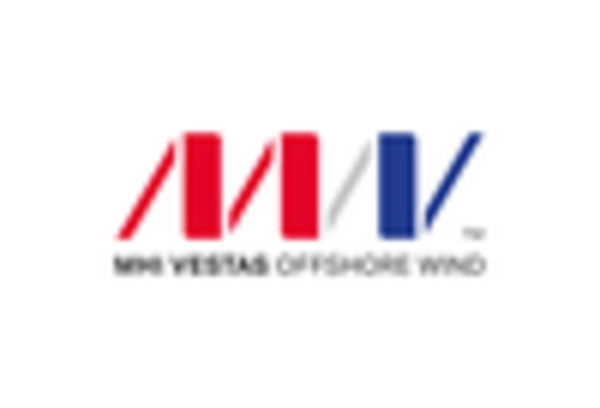

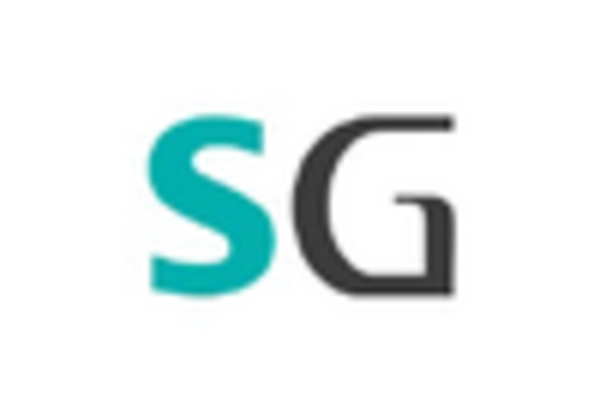
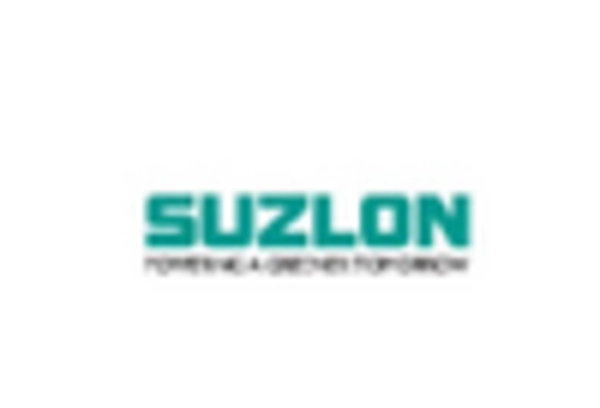









Leave a Comment